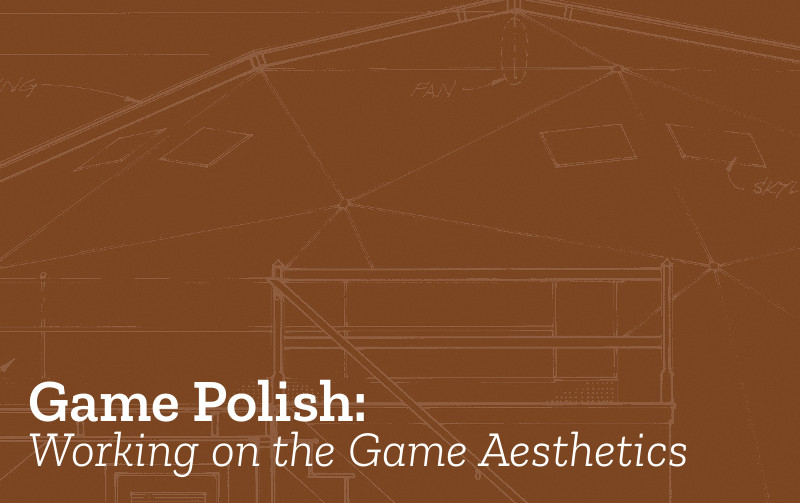Learn JavaScript with Phaser
Choose your Own Adventure
There are different ways you can use this book to learn to make your own games. Normally books encourage you to start at the beginning and keep reading until you get to the end but this book isn't like that. The reason is that different people learn how to code and make games in different ways. Also different people have different inspirations that keep them interested and motivated.
This is also true of the way that people play games. There's a well known model of different play style types by Richard Bartle. This model, which was based on observing and analyzing the behaviors people playing together in a multi-user game, holds that there are four different kinds of play style interests, each of which is given a descriptive name: Griefers, Achievers, Explorers, and Socializers.1
- Griefers: interfere with the functioning of the game world or the play experience of other players
- Achievers: accumulate status tokens by beating the rules-based challenges of the game world
- Explorers: discover the systems governing the operation of the game world
- Socializers: form relationships with other players by telling stories within the game world
Different kinds of games suit different play styles. One of the notable sucesses of recent years have been open world games that allow you to choose how you play the game. If you want to stick to the main missions you can follow guidance to do that but if you just want to explore or be social or mess around you have the chance to to do that too.
In the same way there are different styles for making games. We are not quite sure on the best way to explain them yet but it is likely that they may be something similar to the below.
- Social makers: form relationships with other game makers and players by finding out more about their work and telling stories in their game
- Planners: like to study to get a full knowledge of the tools and what is possible before they build up their game step-by-step
- Magpie makers: like trying out lots of different things and happy to borrow code, images and sound from anywhere for quick results
- Glitchers: mess around with the code trying to see if they can break it interesting ways and cause a bit of havoc
Open World vs On Rails Learning
To do this the later sections of this book take a different approach to helping you make games. You are encouraged to various different game features in what ever order you like. The chapters are much shorter and designed to be self-contained. Almost like little side or social missions that you get in great open world games. If you like experimenting you can skip the next set of chapters and user the starting Simple Game to Edit2 as your jumping off point. You can Mod or Remix this game to add in new features and looks right away.
But to help get an overview of what's there let's look in a bit more depth about what a game mechanic is.
What makes up a Game?
We play them all the time but did you ever ask - What exactly is a game? How is it different from just playing around?
The Institue of play list key components that make up a game, be it video or non-digital game. They are as follows.
- Goal: The overall goal of the game, what do you have to do to win
- Parts: What parts make up the mechanisms of playing, this could be physical, like dice or cards, or digitial like our enemies, player and other hazards
- Rules: Relationships that define what a player can and cannot do in the game. If...then...or you may...you may not... are good sentence starters for rule making
- Challenge: Obstacles might you put in the player’s way to make reaching the goal fun and interesting
- Space: Where the game take place and how that space affects the game
- Mechanics: The core actions or moves does the player has to do to power the play of the game
Adding Game Mechanics
There are different ways of describing a game mechanic. At times writers and designers may describe just about any element of their game as a game mechanic.

- Add a Countdown timer: this can increase the challenge of your levels, players must complete them before time runs out
- Jumping on Enemies: to make them dissapear
- Variable Jumping Heights: if you press down longer you jump higher
- Adding Player Health: if you touch a hazard you lose health instead of losing a life
- Smaller Collision Boxes: If your game is too hard, you can set smaller hit boxes, lots of platform games do this
- Extending the Game Size: Making our levels larger and world scroll so we can adventure further
- Adding More Levels: This can increase the challenge of our game greatly
- Keys and Doors: collect keys to open previously closed doors can add as sense of adventure to your platformer
- Extra Lives: if you touch a hazard you lose a life and have to restart with one less life (to come)
What about Polishing in the Game Aesthetics?

- Resizing Game Elements via Scaling: this may be for aesthetic effect or could affect game mechanics too
- Animation when Dying: Here an animation is played when a player or character gets zapped
- Explosion on Dying: This uses particles to mimic an explosion when a character dies
- Screen Shake: Mimicing a shaking screen gives a dramatic ending
- Add Soundtrack Music: have some music on a loop when game play is happening
- More Fun with Tweens: use tweens to emphasise actions
- https://www.gamasutra.com/view/feature/134842/personality_and_play_styles_a_.php ^
- https://simple-game-to-edit.glitch.me/ ^
- http://gamestudies.org/0802/articles/sicart ^
- Here's the book https://www.oreilly.com/library/view/the-art-of/9781466598645/ and here's a summary http://www.gamification.co/2013/09/24/adapt-gamification-designs-with-jesse-schells-four-pillars/ ^